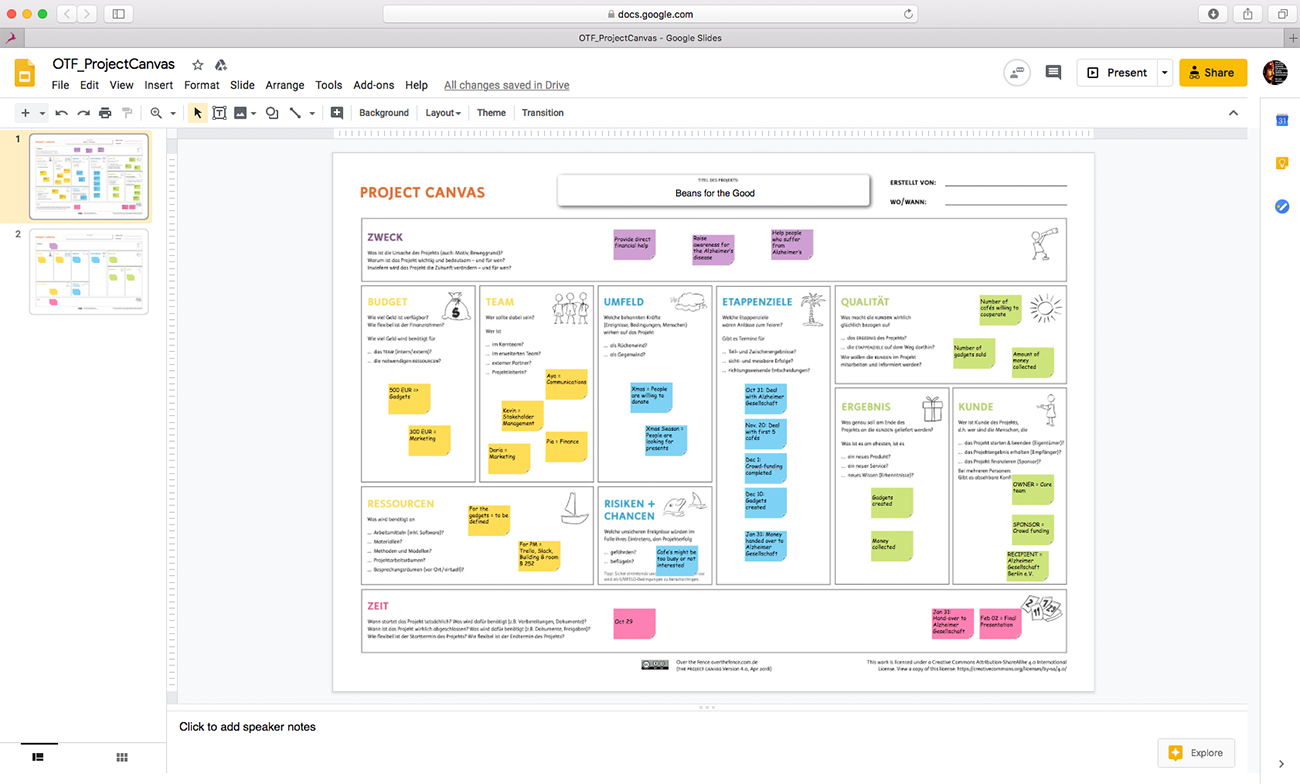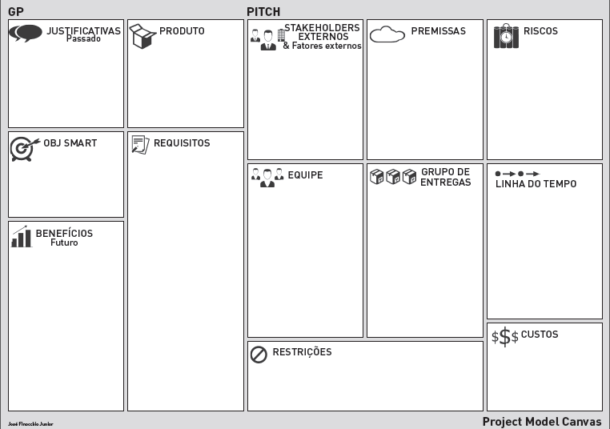

How much of an impact on their experience with your product can your users expect from this project?

What will your users gain from this project? Phrase these benefits as what the user will expect, not what you intend to deliver.

List the concrete benefits that users will have when the project is successfully completed. Include more specific qualities of your users, like distinguishing characteristics or qualities. You can include user persona profiles you have developed, or users can be listed as target groups or segments of larger groups. What are some common characteristics, traits, or behaviors of these groups? How do these commonalities define these users?

In what ways do users organize themselves as groups? Who will be interacting with your project? These can be defined at a high level, such as “readers” and “advertisers” for a media portal, or you may want to be more granular in detail - for instance, you can list personas you’ve developed. Use this section to identify the main target groups relevant to your project. (Learn more about customizing Stormboard templates here). Like all of Stormboard’s templates, the individual sections can be resized as needed (without affecting the content that has already been added), and you can add sections to any of the sides of the template if you have an area that you want to cover that is not already built into the template. Stormboard’s Project Canvas Template is divided into 10 sections: Users, Users Benefits, Goals, Participants, Activities, Deliverables, Risks, Milestones, Constraints, and Scope. Using Stormboard’s Project Canvas Template It should be used to stay on top of the project’s development, stay ahead of any potential conflicts or redundancies, and improve communication throughout the team. The Project Canvas is for anyone who is working on a project together and is meant to be used throughout the project - not only at the beginning. In this sense, it greatly facilitates understanding and communication in a fast and effective way.Project management is a challenge - there are countless moving parts, and it is easy to get off track if you don’t have the goals and parameters of your project clearly defined.ĭeveloped by Jim Kalbach, a UX strategist, in 2012 , the Project Canvas was created to give everyone working on a project a view of not only the goals and individual elements of the project, but the relationships between them at-a-glance, so that the entire team can stay aligned in their work. The primary benefit of the Course Design Canvas is its simplicity and ability to visually design a training solution alongside our client that takes all their needs into account. This comprehensive visual helps facilitate understanding between all aspects of the course, while allowing each section to be designed in detail. Inspired by tools with similar formats such as the Business Model Canvas, Lean Canvas and Project Canvas, the Course Design Canvas is a tool which allows a course to be designed quickly by considering the most important elements of a course and viewing them simultaneously. To facilitate custom course creation, we designed our unique Course Design Canvas in 2016. Many times, one of our standard courses may be suitable, but on other occasions it is necessary to customize and create a tailored course. We take a customized approach to learning by offering training solutions that are based on real conversations with the client to understand their specific needs, preferences, and restrictions.


 0 kommentar(er)
0 kommentar(er)
